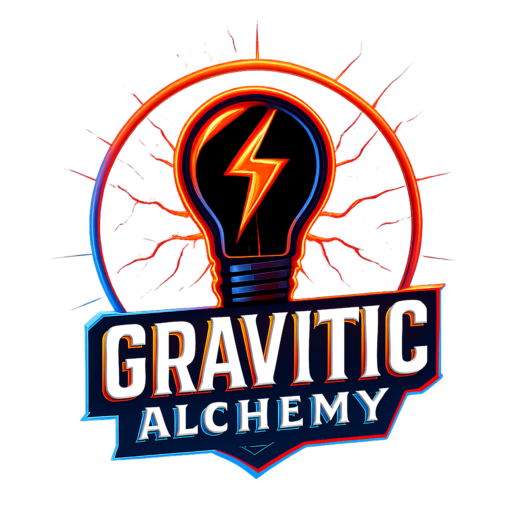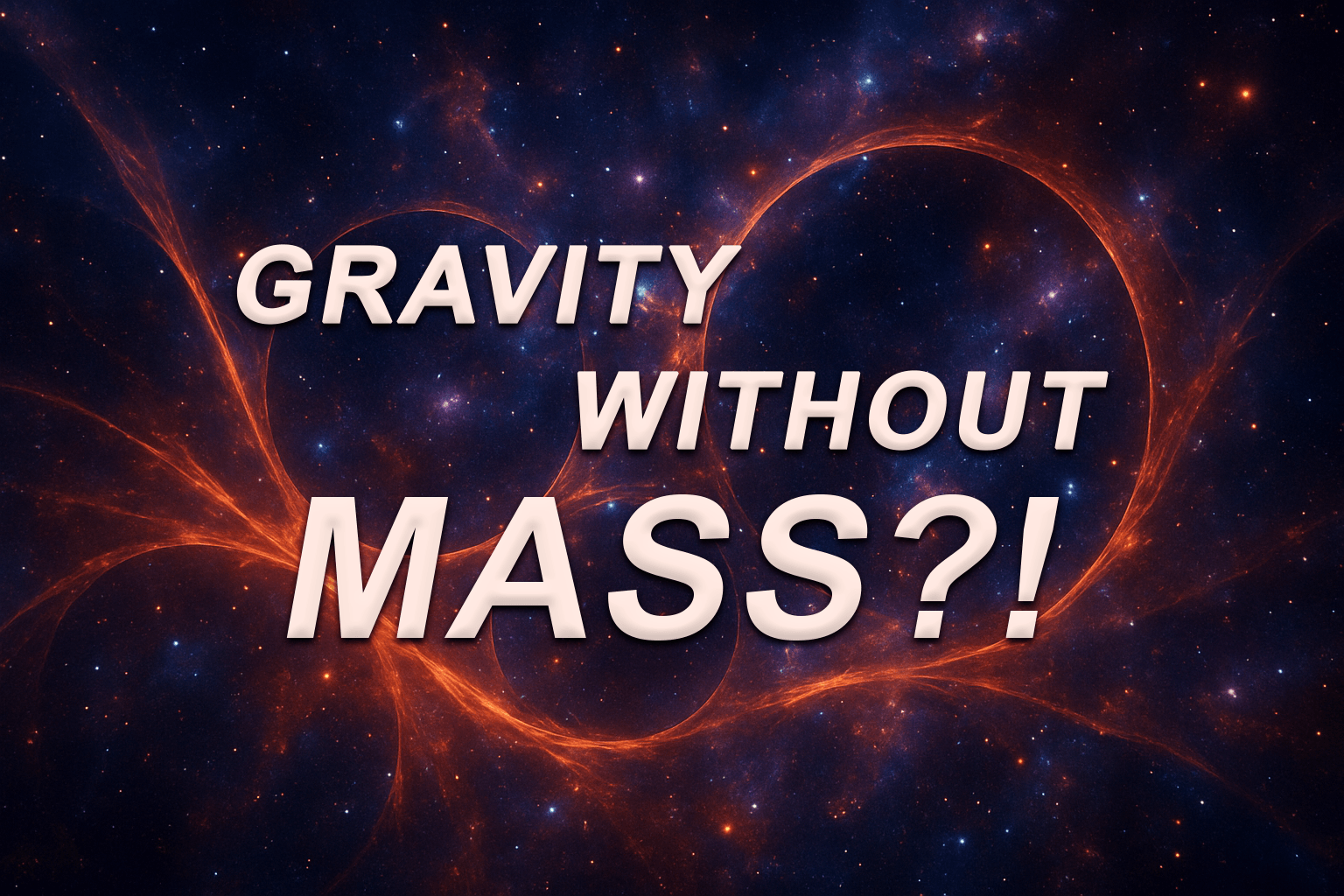The Real Engine of Galactic Rotation
A Rotating Cosmos Reconsidered
A recent hypothesis gaining traction among cosmologists proposes that the universe might not be entirely isotropic after all. The article reveals a growing body of evidence that suggests large-scale cosmic rotation may exist—potentially resolving the so-called “Hubble tension,” the persistent mismatch between local and cosmic measurements of the Hubble constant. By exploring angular momentum on cosmic scales, the paper suggests a subtle rotation of the entire universe could explain anisotropies and inconsistencies in redshift data without invoking exotic physics or revisions to ΛCDM’s expansion parameters.
The Problem With Spacetime: Why Rotation Breaks It
General Relativity, with its spacetime curvature and isotropic assumptions, offers no viable mechanism for universal rotation without invoking torsion (as in Einstein–Cartan theory) or modifying its core equations. Yet multiple observations—such as anisotropies in the CMB, dipole alignments, and spiral galaxy spin directions—point to a preferred axis across the sky. These are difficult to reconcile with an expanding universe that supposedly emerged from a homogeneous Big Bang.
A rotating universe challenges one of the cornerstone assumptions of general relativity: the cosmological principle, which asserts isotropy and homogeneity on cosmic scales. While rotation itself is not implausible, general relativity lacks a physical mechanism to generate or sustain it. In contrast, plasma-based models—such as those proposed in Acoustic Gravitic Theory—naturally produce large-scale rotation through filamentary vortices, magnetic tension, and wave-based resonance across a conductive cosmic medium.
The Acoustic Gravitic Theory Response
Acoustic Gravitic Theory (AGT) doesn’t need spacetime to twist—it already accounts for rotational order through coherent plasma-wave interactions and phase-locking across a structured medium. In AGT, the universe is filled with ionized plasma that naturally forms large-scale filaments and pressure gradients due to continuous input from stars, galaxies, and active galactic nuclei. Rotation emerges not as an imposed metric anomaly, but as a resonant feature of coherent wave behavior in plasma.
Within this framework, universal rotation is a manifestation of longitudinal wave entrainment across magnetosonic cavities stretching from galactic filaments to the heliosheath. As stars and galaxies emit broad-spectrum low-frequency oscillations, these waves phase-lock across plasma structures, reinforcing rotational symmetry across cosmological distances.
Furthermore, the variation in redshift measurements (the Hubble tension) is interpreted not as conflicting expansion rates, but as plasma-mediated phase drag. In regions with higher plasma density or magnetic alignment, light undergoes wavelength elongation due to impedance mismatch—effectively stretching its frequency without motion or metric expansionResponse to Grok’s Crit…Response to Grok’s Crit….
Plasma Rotation vs Spacetime Twist
AGT proposes that what mainstream cosmology misinterprets as universal expansion (and now, perhaps, universal rotation) is simply the observable signature of rotating wave pressure fields in a structured plasma environment. Instead of treating the universe as an object twisting within spacetime, AGT suggests:
- The universe is a rotating resonant cavity, filled with magnetosonic and Alfvén waves.
- Galactic rotation curves, cosmic redshifts, and CMB anisotropies are byproducts of plasma impedance gradients, not unobserved mass or exotic inflation.
- Anisotropic features in the CMB, previously attributed to inflation or data error, are better modeled as harmonic interference patterns in a slowly rotating, plasma-dense mediumResponse to Grok’s Crit….
Rather than violating the cosmological principle, AGT reframes it: not all directions are equal because not all wave pressures are equal. The seeming axis of evil in the CMB isn’t a fluke—it’s the harmonic node of a spinning cosmic cymatic field.
Conclusion
Rotating universe models pose a direct challenge to the isotropy assumed in general relativity and the Big Bang model. Acoustic Gravitic Theory doesn’t patch spacetime—it replaces it entirely. Rotation, under AGT, is not a break from symmetry but an emergent property of standing wave interference across cosmic-scale plasma filaments. In this view, the Hubble tension isn’t a bug—it’s a harmonic fingerprint. The cosmos turns, not because space twists, but because waves spin within it.
Original Source: https://youtu.be/kinCpe6-iak?si=AslWAGj857hzY6Cz
References
Bedard, A. J., & Georges, T. M. (2000). Atmospheric Infrasound. Physics Today, 53(3), 32–37. https://doi.org/10.1063/1.882863
Peratt, A. L. (1992). Physics of the Plasma Universe. Springer. https://link.springer.com/book/10.1007/978-1-4899-1142-2
Alfvén, H. (1981). Cosmic Plasma. D. Reidel Publishing Company. https://archive.org/details/CosmicPlasma
Lerner, E. J. (1991). The Big Bang Never Happened: A Startling Refutation of the Dominant Theory of the Origin of the Universe. Vintage Books. https://archive.org/details/TheBigBangNeverHappened


